In-Depth Review of The New Night Sky Filter from Breakthrough Photography
Ever since my first review of Breakthrough Photography’s X3 neutral density filters a few years ago I’ve been a convert to the company’s products.
Not only was I stunned at the quality of the X3 ND filters but every product I’ve evaluated from the folks at Breakthrough has been, for lack of a better description, incredible. So when I was asked to have a look at their brand new Night Sky filter… well, let’s just say I jumped at the chance.
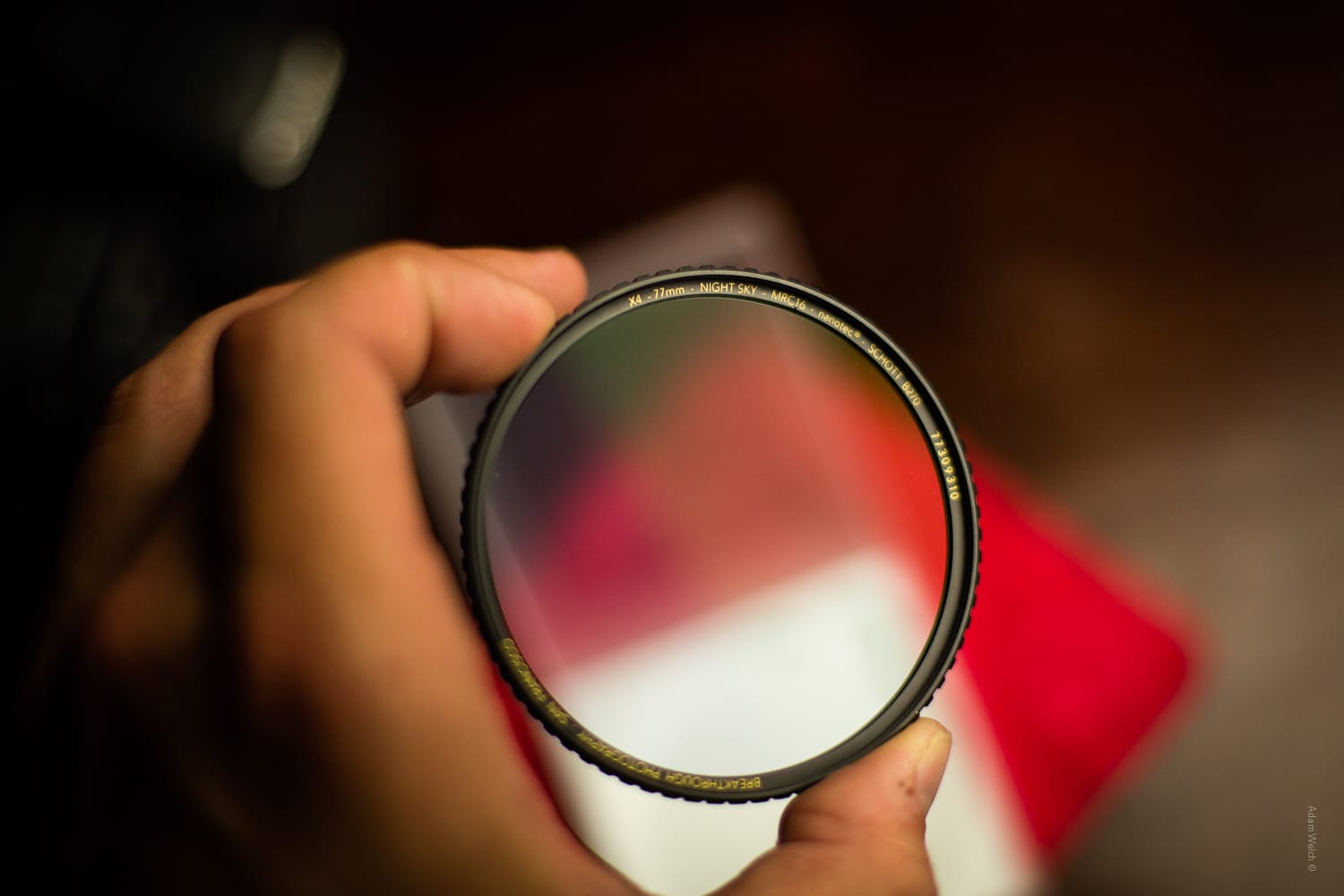
I had only encountered one other night photography filter prior to being introduced to the offering from Breakthrough and even then it was always second hand information. Being an avid astrophotography guy (I look better at night) my curiosity was peaked. But what exactly does a filter even do? Does it cut out haze and add contrast? Brighten stars? Well, as it turns out, all of the above.
First Impressions
First, let’s have a look at the filter itself. It looks overtly unassuming. In fact I was somewhat underwhelmed when I first opened the package and removed the filter. Maybe I was expecting something a little darker like a CPL. But no, this is what arrived….
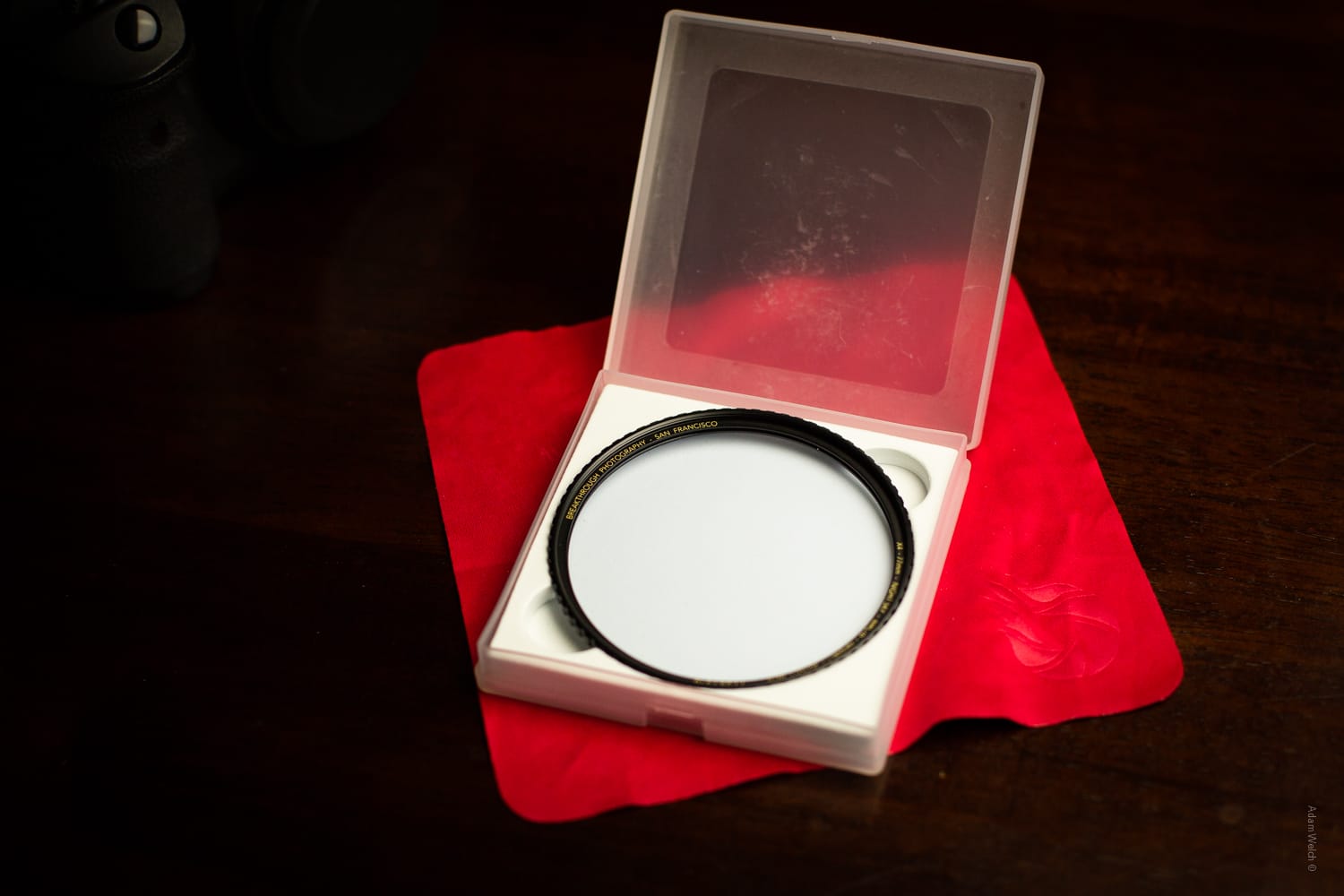
Albeit not exactly what I had expected, the Night Sky filter lived up to the rock solid reputation* I have encountered with every other piece of gear from Breakthrough Photography. The filter is sized 77mm and made from heavy brass. It sports the same Schott B270 Ultrawhite optical glass element featured on many of Breakthrough’s other filters as well as the protective MRC-16 coatings. These coatings consist of eight layers applied to the front and back on the filter element.
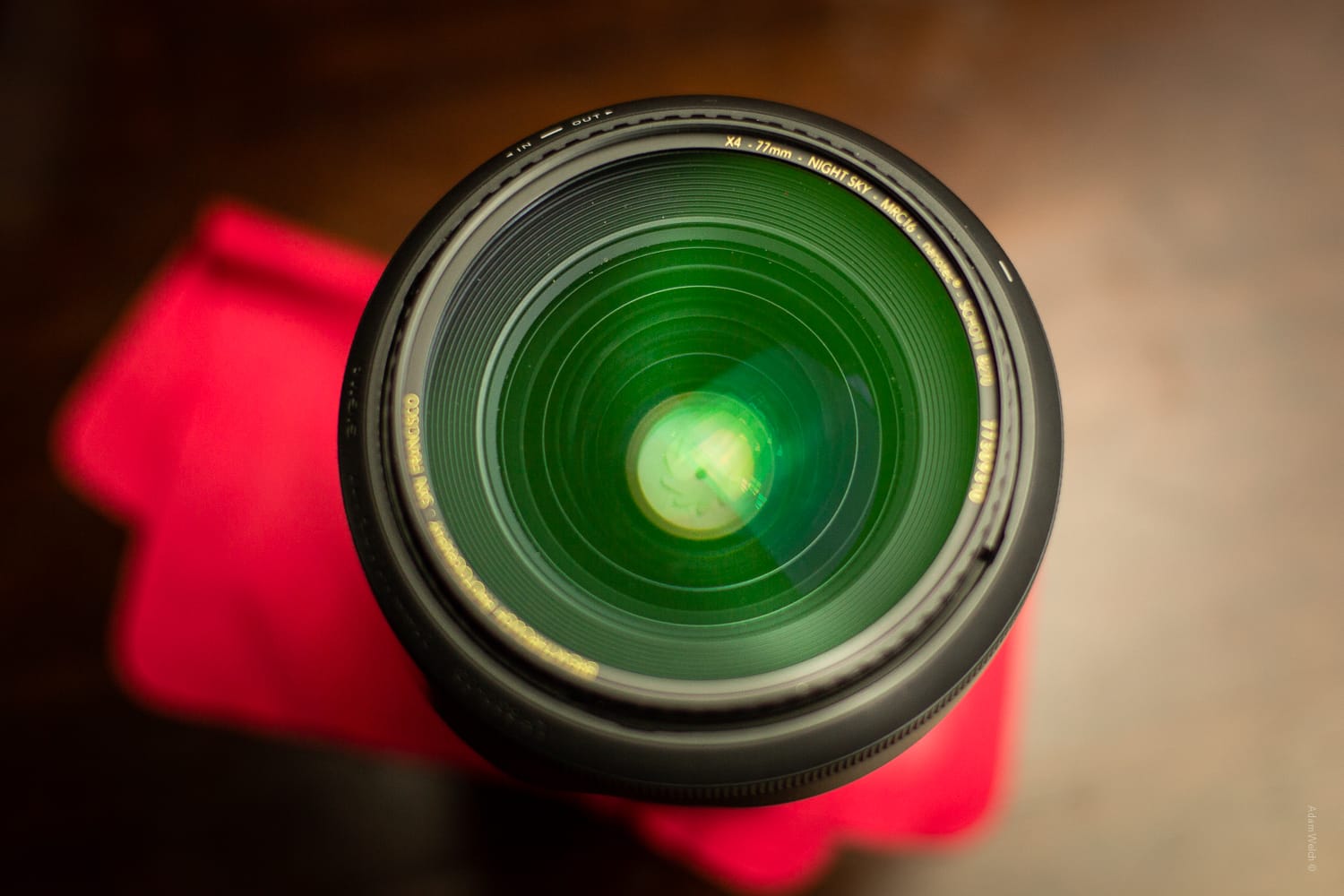
The MRC16 treatment causes dirt and moisture to essentially slide right off the face of the filter and are considered to be physically harder than the glass itself.
*A side note, pay close attention to the plastic and foam case which lovingly swaddles the filter. Notice the scuff marks? Those are battle wounds from being carried in my bag for nearly 6,000 miles. Rest assured, your filter is well protected when it arrives.
The Night Sky filter features heavily notched “traction” teeth around its entire circumference. These deep serrations provide excellent grip with cold, wet or gloved hands.
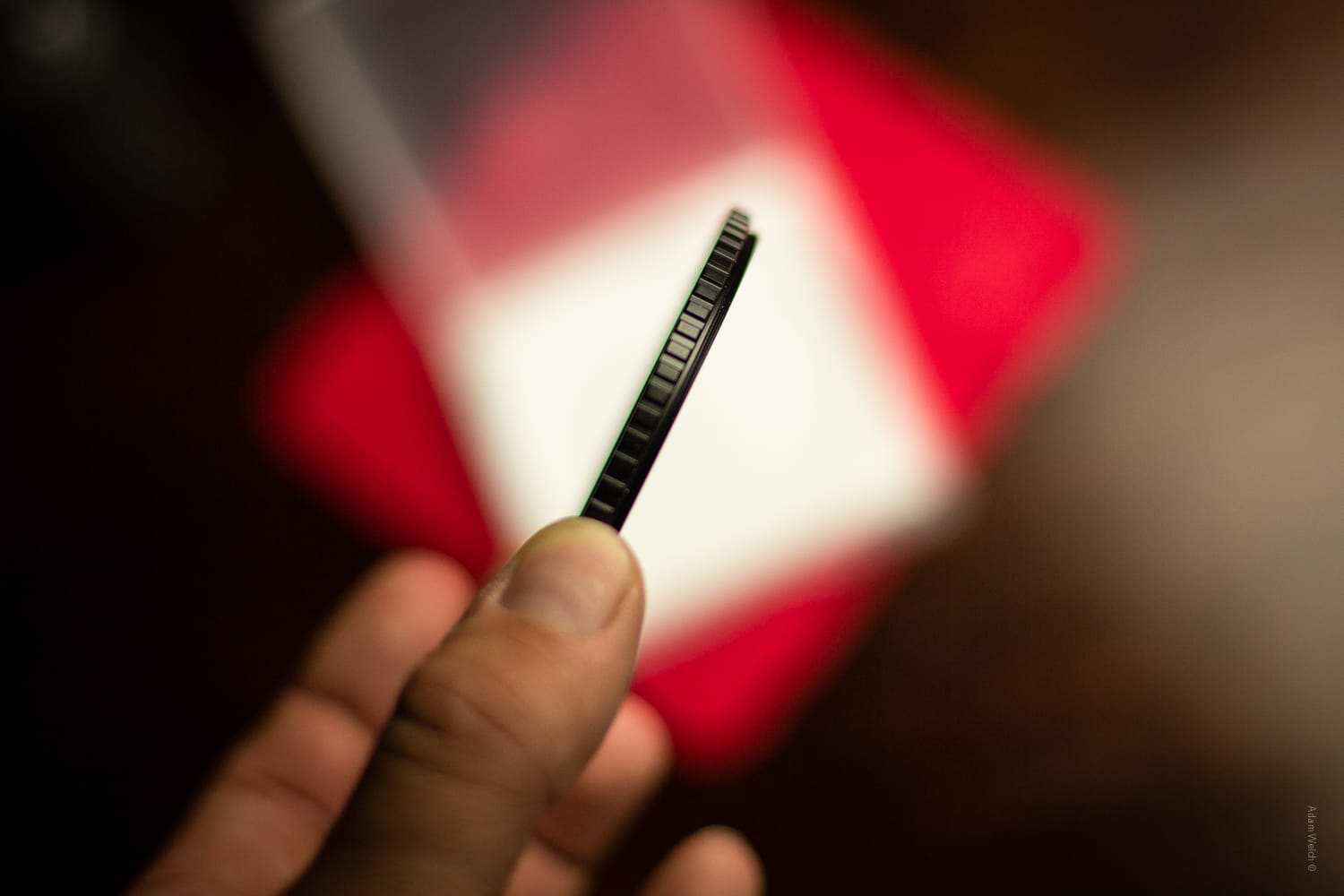
Furthermore, the added grip goes along way when you are attempting to remove the filter after over tightening it to your lens. This happens to us all sometimes *author slowly raises hand* and it’s nice to have a solid platform to hold onto when twisting.
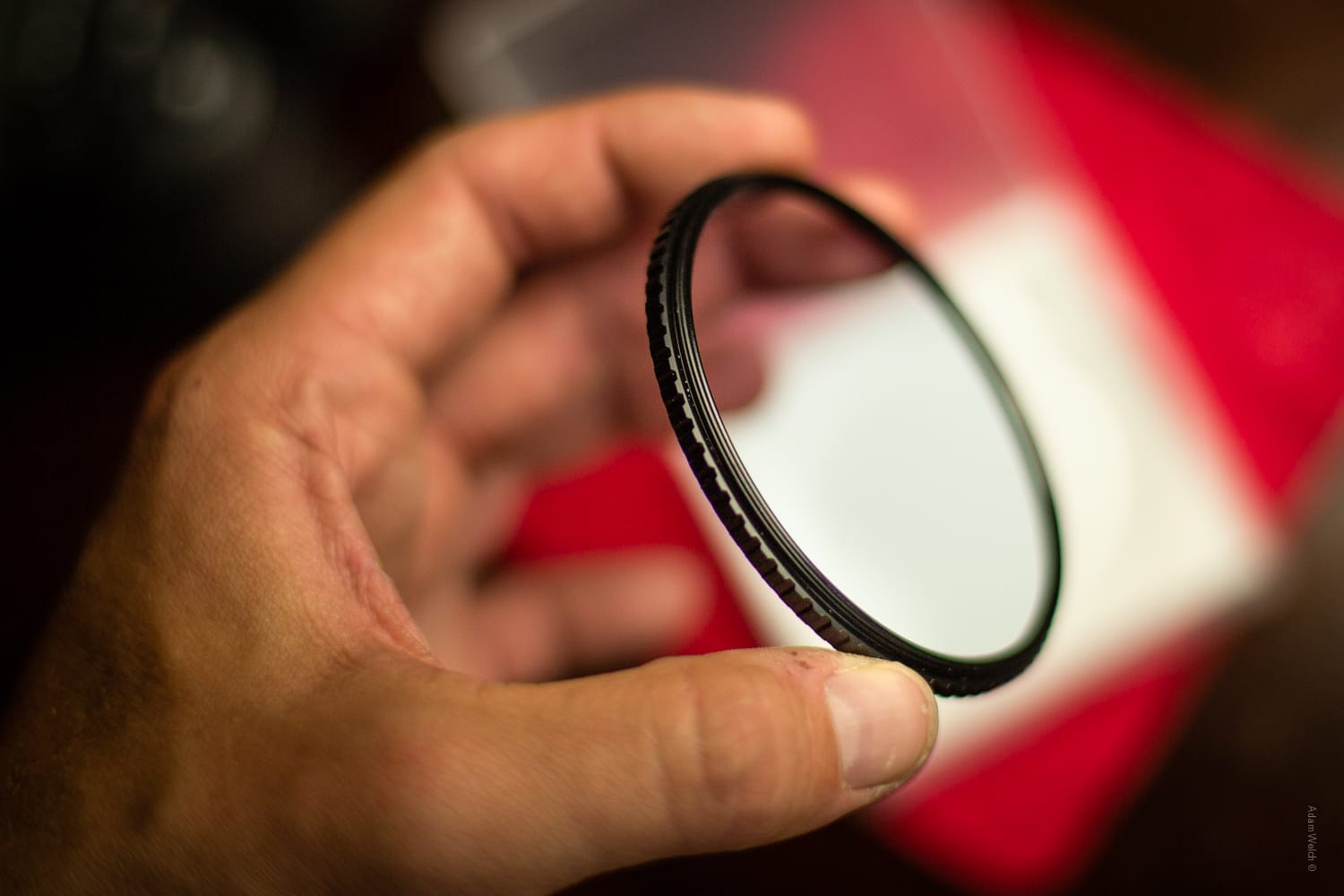
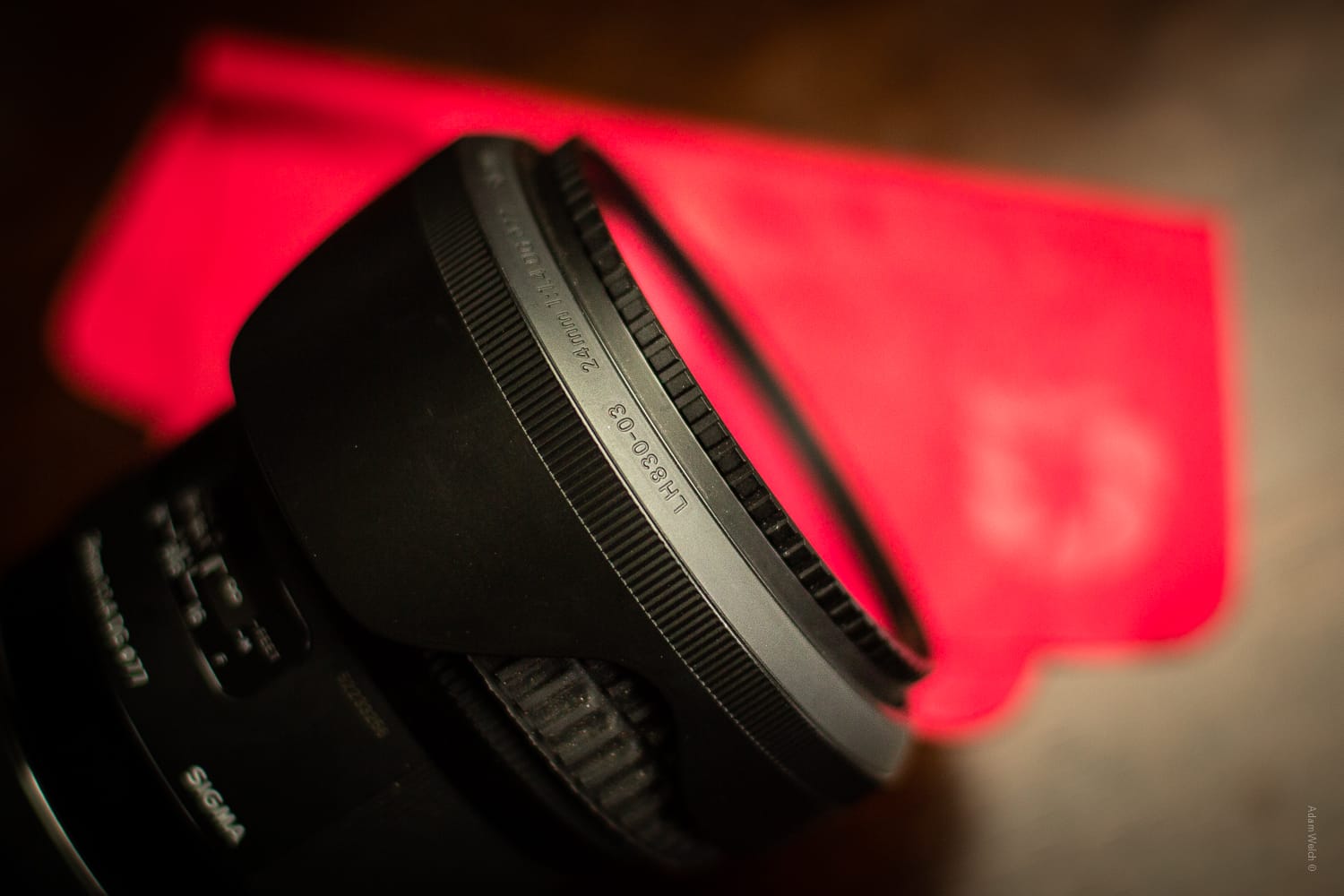
Performance in the Field
As I said, this was my first experience using any type of night photography filtration system so I was excited but altogether unsure of what the results would ultimately be. I had assumed that the filter would essentially make night scenes more lively and brighten up stars. I was 100% correct(which is rare) on both counts. It turns out that the Night Sky filter specifically filters out wavelengths of light that are largely responsible for most haze and light pollution; namely orange/yellow, greens and some magentas. The result? Noticeably increased contrast and better perceived clarity.
Have a look at these two images. Both are identical in all aspects such as exposure, ISO, white balance, ect. The first image was made without the Night Sky filter.
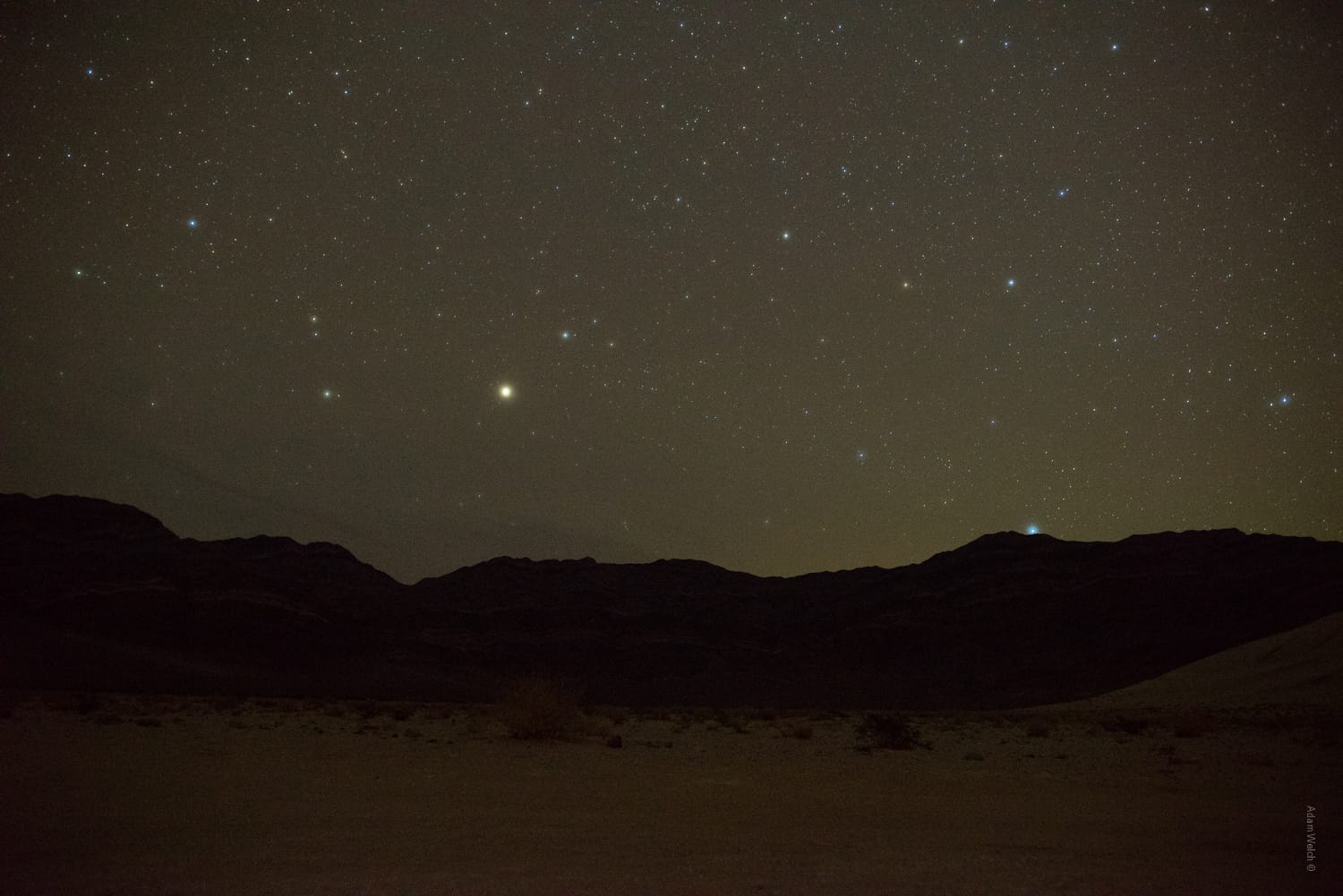
24mm at ISO 6400, f/2 for 13 seconds without Night Sky filter
Next, we slap on the Breakthrough Photography Night Sky filter…
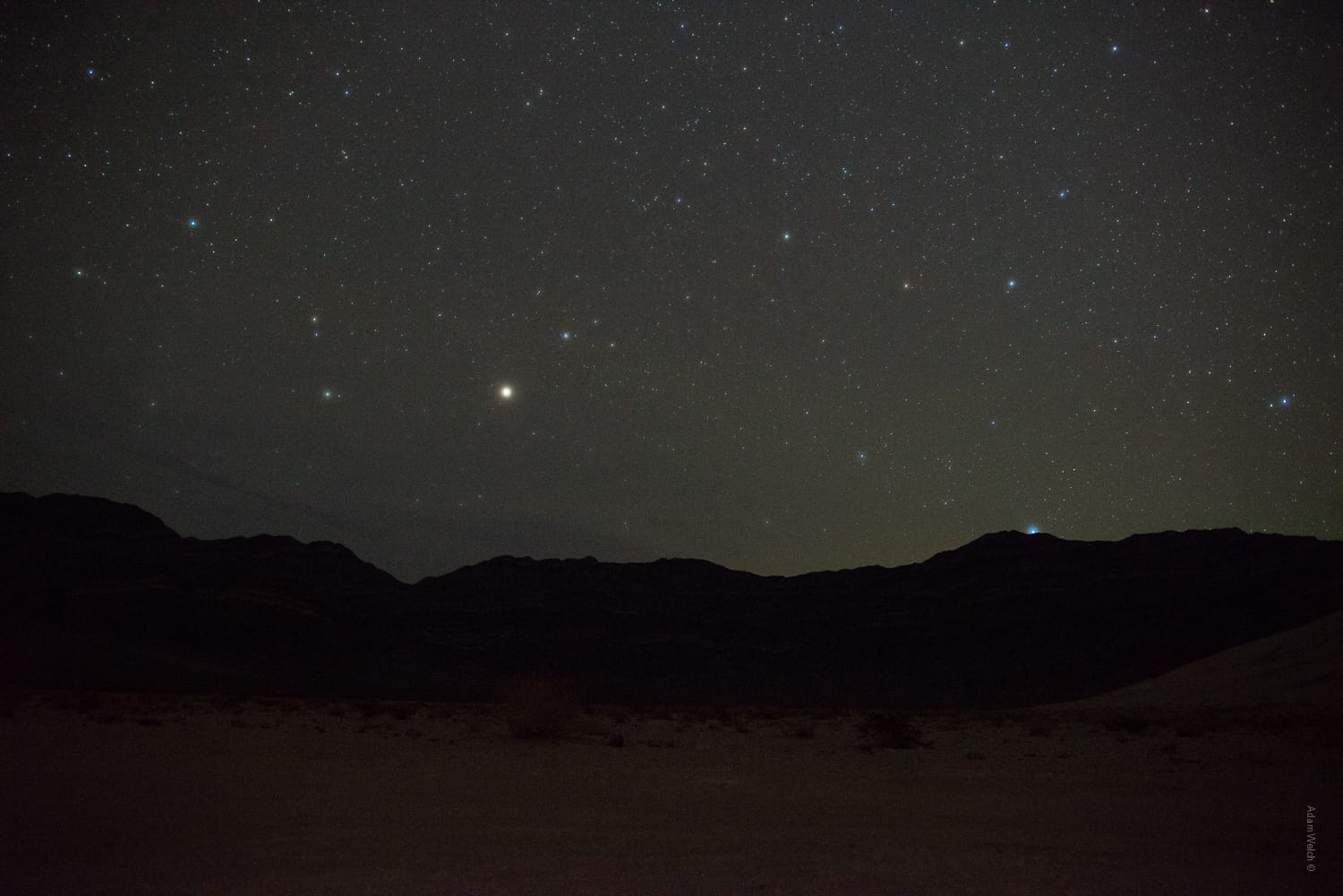
24mm at ISO 6400, f/2 for 13 seconds with Night Sky filter
Notice the immediate cooling of the image and the increased contrast. The stars seem to stand out more against the darkened sky and the entire image has boosted definition. Now, let’s get geeky and have a look at the histogram for the first image to better understand what exactly has happened between the two photos.
Here we see that there are is some predominant light pollution in the form of mainly yellow light in the shadows. This is why the first photo looks more yellow than the second even though they both used the same white balance setting(3800K).
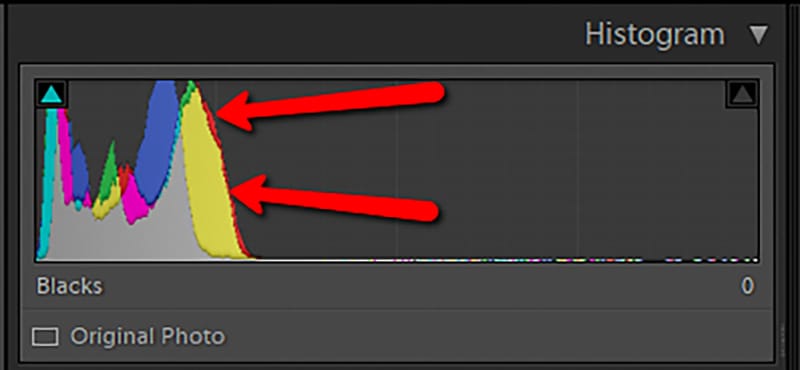
Now let’s look at the rather drastic reduction of this light pollution after the filter was applied for the second image…
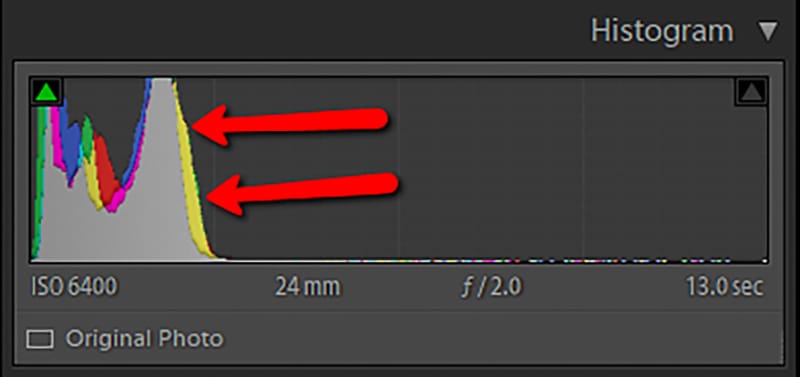
The yellows have been significantly lessened in the shadows and the entire histogram has shifted left due to the filtration. Let’s geek a little further and have a look at another image with even more light pollution.
There is quite a lot of light at the bottom left of the frame from the campfire as well as some external pollution due to distant city lights at the far right. Again, both of these images were shot with the exact same exposure factors.
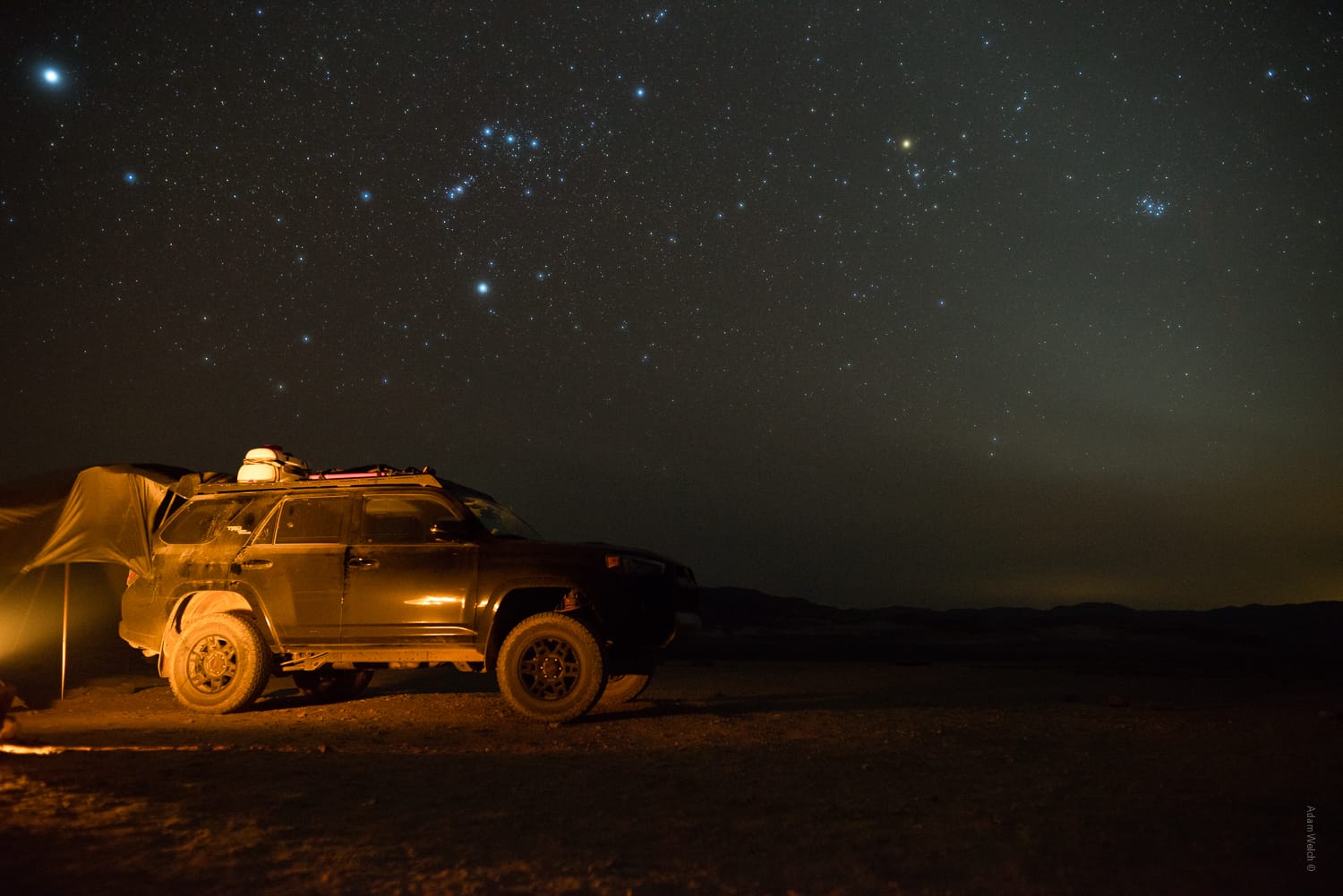
24mm at ISO 5000, f/2 for 10 seconds without Night Sky filter
Next with the Night Sky filter applied. Notice how the image again becomes cooler in tone and the stars pop. Also the overall yellowish tint greatly diminishes.
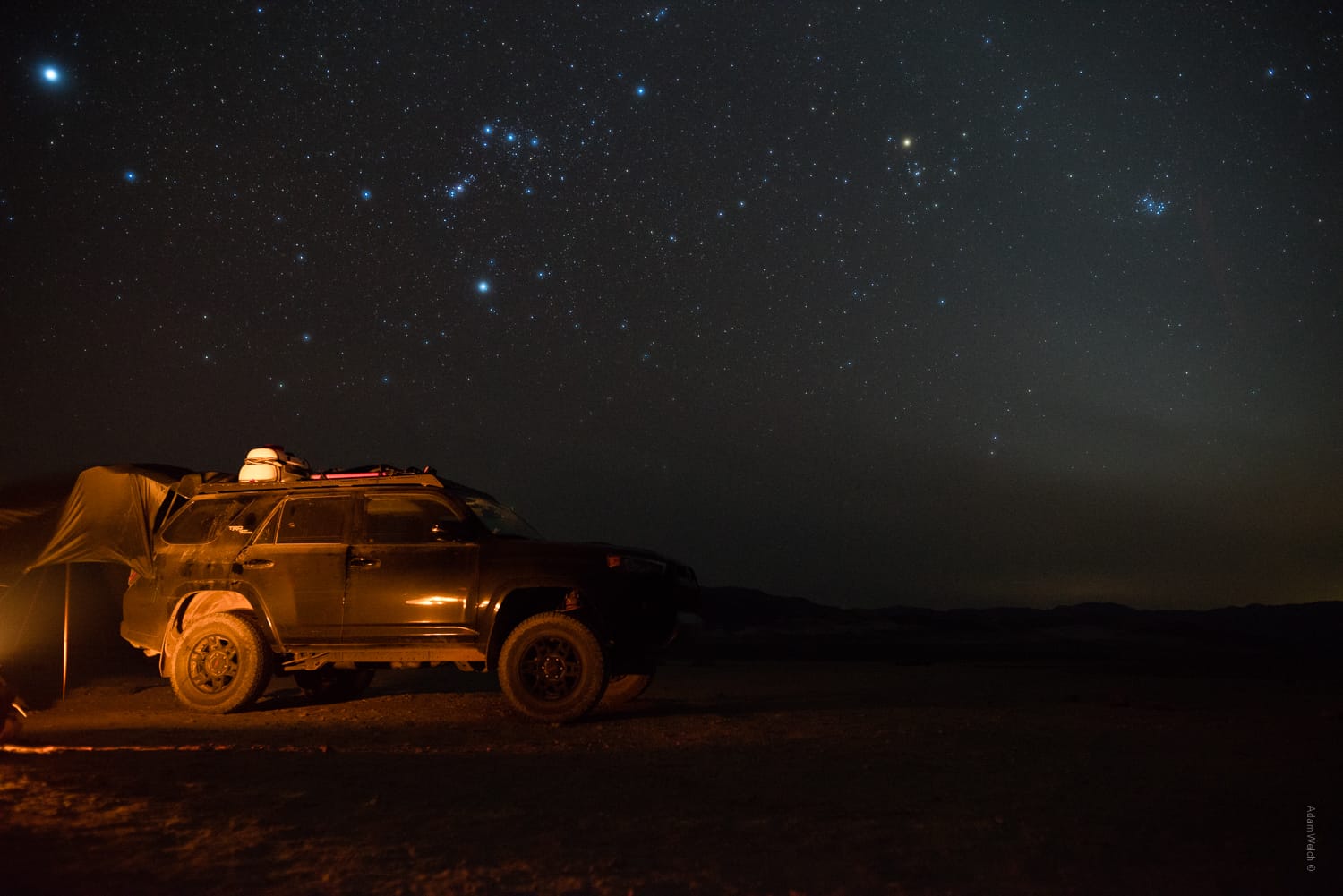
24mm at ISO 5000, f/2 for 10 seconds with Night Sky filter
And of course, let’s have a look at the histogram for these two as well. Again we see a large decrease in the presence of yellows(and green) from the shadow areas. This is the histogram for the first photo:
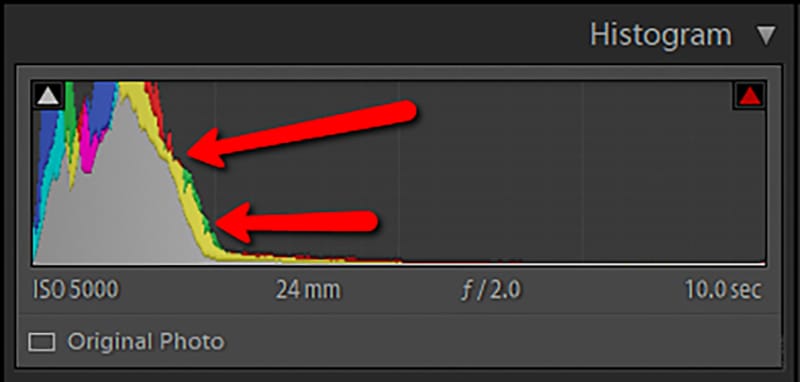
And now for the histogram for image #2.
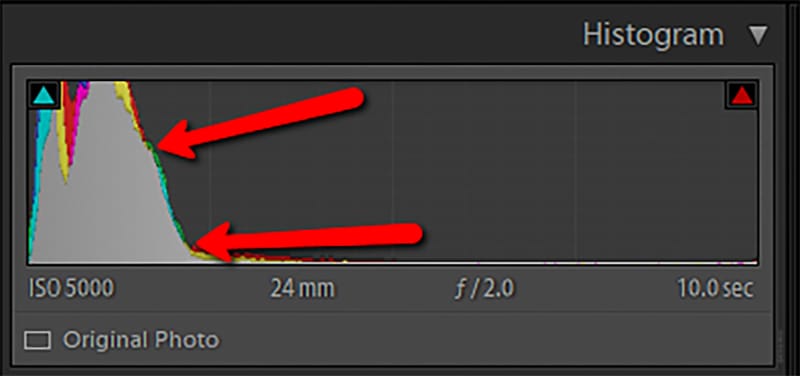
Final Thoughts
Over the years I’ve been uniquely fortunate to encountered very few pieces of gear that warranted overtly negative reviews (though it happens). Likewise, it’s not often that a product truly has no mentionable bad points. Yet consistently when I find myself left with only positive things to say about a piece of gear it has always been one from Breakthrough Photography.
The Night Sky filter happily continues this high level of quality with it’s heavy duty construction, high-end materials, and the obviously upper tier performance. For such an unassuming filter the results are quite impressive. The overall reduction in haze and light pollution in both the visible aspect of the photos as well as the histogram seems to show that the Night Sky filter not only works but works well. Oh, and did I mention that this filter also comes with their rather unbelievable 25 year warranty?
If you’re looking for a filter to add a little punch to not only your astrophotography work but also any other type of night time shooting then look no further than the brand new Night Sky filter from Breakthrough Photography.
The Night Sky filter is available on the Breakthrough Photography website. Price starts at $149 and goes up to $249 depending on the filter size and it’s also available for their new X100 integrated filter holder as well.
